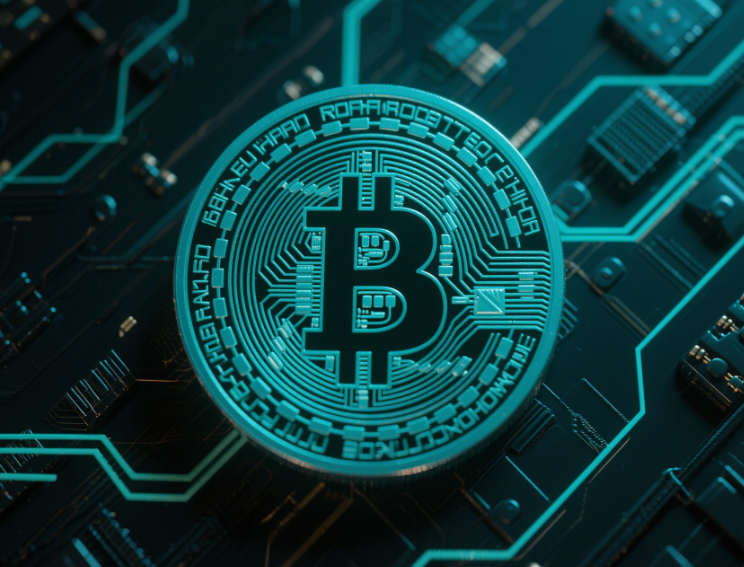In recent years, as Bitcoin and other digital currencies have gained popularity, many investors have been attracted to this market. However, the crypto world is not only filled with opportunities but also hidden risks. Especially with some “shady exchanges” (unregulated exchanges), they often use high returns as bait to lure investors lacking adequate knowledge, ultimately leading to substantial financial losses. This article will reveal a list of exchanges that allegedly ran off with funds last year and share some lessons to help everyone be more cautious in future investments.
Characteristics of “Shady Exchanges”
Before diving into the exchanges that went bankrupt, let’s first examine some common characteristics they share. Typically, these exchanges have the following traits:
High Returns: They often promise high investment returns, sometimes far exceeding market averages. This is a common tactic to attract new investors.
Lack of Legitimacy: These exchanges generally are not officially registered, lacking regulatory oversight and compliance checks. Investors often find it difficult to locate their actual operating address or management.
Poor User Experience: To cut costs, these platforms typically invest little in user experience, resulting in clunky interfaces and inadequate customer support.
Non-Transparent Information: The trading rules and fee structures of these platforms are often vague, lacking detailed explanations which make it hard for investors to assess risks.

Analysis of Typical “Shady Exchange” Cases
Let’s now specifically analyze a few “shady exchanges” that went bankrupt last year; these lessons hope to aid investors in identifying potential risks.
1. BitConnect
BitConnect is arguably one of the most notorious “shady exchanges” of last year. The platform claimed to provide daily returns of up to 1% through debt investment and proprietary trading strategies, attracting a significant number of investors. However, in early 2018, BitConnect suddenly announced that it would cease operations and shut down its platform, leading to massive losses for thousands of investors. Many lost thousands or even tens of thousands of dollars.
2. PlusToken
Another exchange that gained significant attention, PlusToken has been accused of being a Ponzi scheme. This project attracted users with high virtual currency returns, claiming to achieve profitable outcomes via community trading and unique arbitrage strategies. In 2019, the platform disappeared with tens of billions of dollars of user funds, and several core team members were arrested, leaving many users helpless with significant losses.
3. OneCoin
OneCoin is a tragic case. This project claimed to be a new type of cryptocurrency; however, it had no actual blockchain technology or product support. Its founders lured investors with promises of high returns and aggressive marketing efforts around the globe, even holding several conferences. Nevertheless, the project started to fade away around 2017, with its founder being arrested and investors suffering massive financial losses.
4. WoToken
WoToken is a variant of PlusToken that continued to attract investors with high returns. Its operational model is similar to that of PlusToken, focusing on community marketing. Despite numerous warnings, many investors flocked into it, resulting in massive financial losses again as the platform eventually folded, leaving many participants bankrupt.
5. Mazzla
A relatively new “shady exchange,” Mazzla claimed to provide investor earnings through AI smart trading. Investors were promised returns surpassing market averages and provided with daily earnings reports. Unfortunately, after operating for less than a year, the platform chose to disappear, leaving thousands of users without their investments.

Identifying and Avoiding “Shady Exchanges”
Recognizing these “shady exchanges” is critical in helping everyone steer clear of similar traps in future investments. Here are some effective methods:
Choose exchanges that comply with international or local regulations and hold relevant licenses. Such platforms often undergo regular audits and checks to ensure fund safety.
Conduct thorough investigations into the backgrounds of platform founders and management teams, ensuring they have a good reputation and successful experience in the industry.
Be wary of investment products that promise unrealistic high returns, as these are often ploys to attract investors.
Look at feedback and reviews from the blockchain community regarding the platform; if negative news spreads, it’s time to be extra cautious.
Before investing, ensure you conduct comprehensive research and analysis of the platform and products, instead of blindly trusting others’ recommendations.

Conclusion
The cryptocurrency market is filled with opportunities and risks, and newcomers often fall prey to misleading information. By understanding the characteristics of “shady exchanges” and specific cases, we hope that everyone can remain vigilant and make rational decisions in future investments. It’s essential to act carefully when investing in digital assets to safeguard your funds; this is the key to achieving sustainable returns.
In the world of digital currency filled with opportunities, maintaining a clear mind and rational judgment is the unchanging truth. We hope today’s sharing can help everyone, and may each investor find their wealth opportunities in the crypto space.
















No comments yet